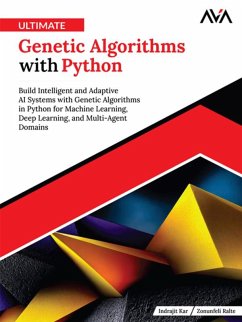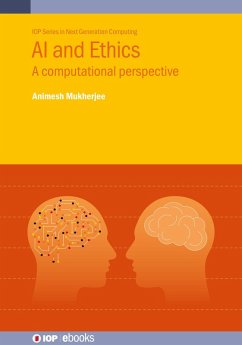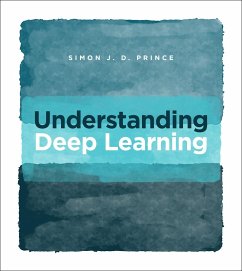
Interpretability and Explainability in AI Using Python: Decrypt AI Decision-Making Using Interpretability and Explainability with Python to Build Reliable Machine Learning Systems (eBook, ePUB)

PAYBACK Punkte
6 °P sammeln!
Demystify AI Decisions and Master Interpretability and Explainability TodayKey Features¿ Master Interpretability and Explainability in ML, Deep Learning, Transformers, and LLMs¿ Implement XAI techniques using Python for model transparency¿ Learn global and local interpretability with real-world examplesBook DescriptionInterpretability in AI/ML refers to the ability to understand and explain how a model arrives at its predictions. It ensures that humans can follow the model's reasoning, making it easier to debug, validate, and trust.Interpretability and Explainability in AI Using Python take...
Demystify AI Decisions and Master Interpretability and Explainability Today
Key Features
¿ Master Interpretability and Explainability in ML, Deep Learning, Transformers, and LLMs
¿ Implement XAI techniques using Python for model transparency
¿ Learn global and local interpretability with real-world examples
Book Description
Interpretability in AI/ML refers to the ability to understand and explain how a model arrives at its predictions. It ensures that humans can follow the model's reasoning, making it easier to debug, validate, and trust.
Interpretability and Explainability in AI Using Python takes you on a structured journey through interpretability and explainability techniques for both white-box and black-box models.
You'll start with foundational concepts in interpretable machine learning, exploring different model types and their transparency levels. As you progress, you'll dive into post-hoc methods, feature effect analysis, anchors, and counterfactuals-powerful tools to decode complex models. The book also covers explainability in deep learning, including Neural Networks, Transformers, and Large Language Models (LLMs), equipping you with strategies to uncover decision-making patterns in AI systems.
Through hands-on Python examples, you'll learn how to apply these techniques in real-world scenarios. By the end, you'll be well-versed in choosing the right interpretability methods, implementing them efficiently, and ensuring AI models align with ethical and regulatory standards-giving you a competitive edge in the evolving AI landscape.
What you will learn
¿ Dissect key factors influencing model interpretability and its different types.
¿ Apply post-hoc and inherent techniques to enhance AI transparency.
¿ Build explainable AI (XAI) solutions using Python frameworks for different models.
¿ Implement explainability methods for deep learning at global and local levels.
¿ Explore cutting-edge research on transparency in transformers and LLMs.
¿ Learn the role of XAI in Responsible AI, including key tools and methods.
Dieser Download kann aus rechtlichen Gründen nur mit Rechnungsadresse in A, B, BG, CY, CZ, D, DK, EW, E, FIN, F, GR, HR, H, IRL, I, LT, L, LR, M, NL, PL, P, R, S, SLO, SK ausgeliefert werden.













